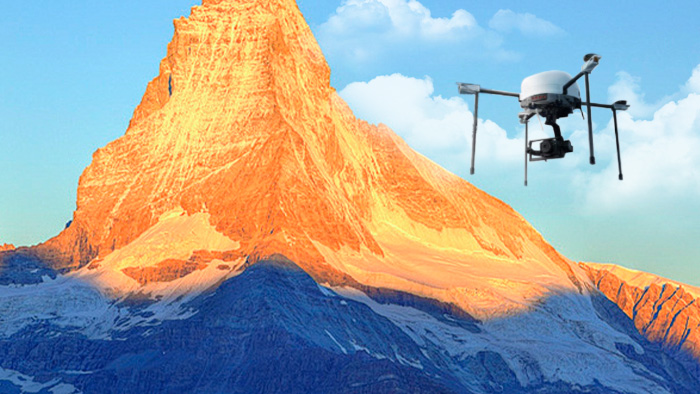At the 2024 China Airshow, drones have become a highlight, and commercial drones are no exception, so how do these drones choose the cameras they carry? As a drone video product solution provider, Danny Wong, senior engineer at Xuan Zhan Technology, gave some suggestions for reference only.

At the China Airshow in 2024, a number of civilian UAVs were showcased, covering a variety of application scenarios and functions.
1. Rainbow series drones: Rainbow series drones have also played an important role in the civilian field, such as helping prospecting, mapping and disaster relief.
2. “Nine days” UAV: It is a flexible configuration of heavy unmanned aerial vehicle, with strong adaptability. It can also play a role in civilian fields such as logistics transportation, geological exploration, cultural relics search and other survey tasks.
3. multi-rotor UAV: This kind of UAV has a wide range of applications in aerial photography, agricultural plant protection and emergency rescue.

Drone camera selection suggestions
The camera is one of the core components of the UAV, which directly affects the shooting effect and practicality of the UAV. Here are some suggestions on how to use a camera on a drone:
1. shooting needs
Resolution and picture quality: Choosing a high resolution camera can ensure that you capture clear images and videos. For application scenarios requiring high precision image quality, such as mapping, disaster relief, etc., professional cameras should be given priority, and full-frame cameras are more suitable at this time.
Focus segment and lens: Select the appropriate focus segment and lens according to the size and distance of the shooting target. Telephoto lenses are suitable for long-distance shooting and can capture distant details; The wide-angle lens is suitable for shooting large scenes or group formation performances, and the camera with large optical zoom is more suitable.
Anti-shake and stability: the UAV may be affected by wind and other factors during flight, causing the picture to shake. Therefore, choosing a camera or lens with anti-shake function, as well as a stable drone platform, can ensure a stable picture, it is recommended to choose a camera with super image anti-shake.
2. camera performance
Focus and continuous shooting: Fast, precise focus and continuous shooting speed ensure that dynamic or fast-moving objects are captured. Choose a camera with fast focus and continuous shooting to increase shooting efficiency and reduce working time.
Battery life: The battery life of the camera is also one of the factors to consider. Ensure that the camera can work stably during long periods of shooting or when continuous power supply is required. Dc-powered cameras are available.
Compatibility: Considering the compatibility of the camera and the drone to ensure that the camera can be seamlessly installed on the drone, it is recommended to choose a camera with more interfaces and screw holes in order to achieve greater installation flexibility.

3. Cost and budget
Camera prices: Different brands and models of camera prices vary greatly, full HD, 4K and dedicated camera prices are not the same, you can choose the right camera according to the budget.
4. secondary development
Secondary development: After selecting a suitable camera for the UAV, helping the camera to achieve video output, acquisition and related control is also an important part of the selection of secondary development capabilities of cooperative enterprises, in terms of docking and compatibility are more advantageous.
Ruiloog, as a UAV video product solution provider, has 15 years of experience in the secondary development of integrated camera modules, and can provide one-stop video product solutions for UAV through various resolutions, different output interfaces and performance to meet the needs of various application scenarios.
Note: The pictures in this article are from the Internet, if there is infringement, please contact to delete.
 Sony FCB camera block
Sony FCB camera block